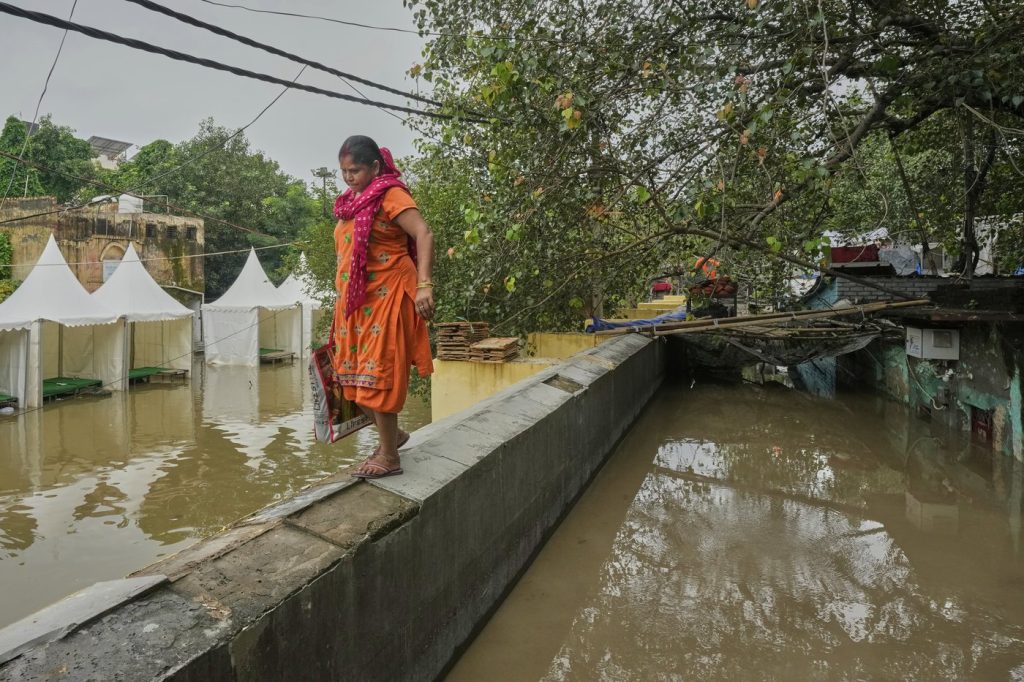NEW DELHI (AP) - The recent flooding caused by the swollen Yamuna River has had a devastating impact on families in New Delhi, including that of Bindu Pandey. When the floodwaters invaded her home, the fear of safety forced her family to evacuate immediately. "We got scared. The children were crying. We had to take out our children from there,” said Pandey, a 40-year-old resident.
Having to leave behind their possessions, the Pandey family sought refuge in a temporary relief tent arranged by local authorities. Unfortunately, days of relentless rain soon inundated the shelter as well, leading to their relocation to a school approximately 7 kilometers (4.3 miles) away. The Yamuna River, which flows through India's capital, New Delhi, is notorious for flooding during the monsoon season, and this year's rain has exceeded that of recent years, pushing the river past danger levels and endangering hundreds of low-lying areas.
Bindu Pandey described her family's struggles, recalling that they had also faced flooding in 2023. “Sometimes we feel we should relocate, but when the flooding ends we just want to live there,” she expressed, indicating the emotional tug-of-war between their attachment to the place and the dangers it poses. She worries about the aftermath; the accumulated sludge and debris from the flooding may require a significant amount of effort, money, and energy to clean. Moreover, Pandey is particularly concerned about her children's study books, which she believes were destroyed in the floodwaters. "We had placed them on racks. How will my children read from those books now?" she questioned, illustrating the profound impact of the disaster on her family's education.
The monsoon season in South Asia typically contributes to 80% of the region's annual rainfall between June and mid-September. However, in recent years, the pattern has grown erratic and increasingly severe, often culminating in destructive floods and landslides. In August 2025, a period of heavy rains and flash floods swept through much of north India, tragically resulting in the deaths of hundreds and displacing over a million individuals. These weather patterns not only threaten lives but also wreak havoc on homes and agricultural lands, destroying thousands of acres of crops.
The situation is dire for many residents living near the banks of the Yamuna River, who face not only immediate dangers but also long-term consequences as they attempt to salvage their lives and homes in the wake of these natural disasters. The flooded landscape has become a challenging environment for survivors, with authorities providing temporary shelters while communities strive to restore some semblance of normalcy.
As the rains continue to batter the region, local authorities and volunteer organizations work tirelessly to aid those affected, providing food and assistance to families like Bindu Pandey’s and ensuring that displaced individuals have access to basic necessities. The urgency of the situation is underscored by the need for long-term strategies to mitigate the impacts of climate change, which are exacerbating the frequency and intensity of such events in South Asia.










